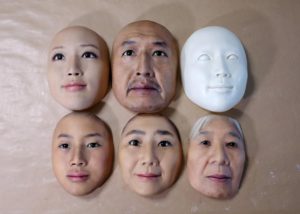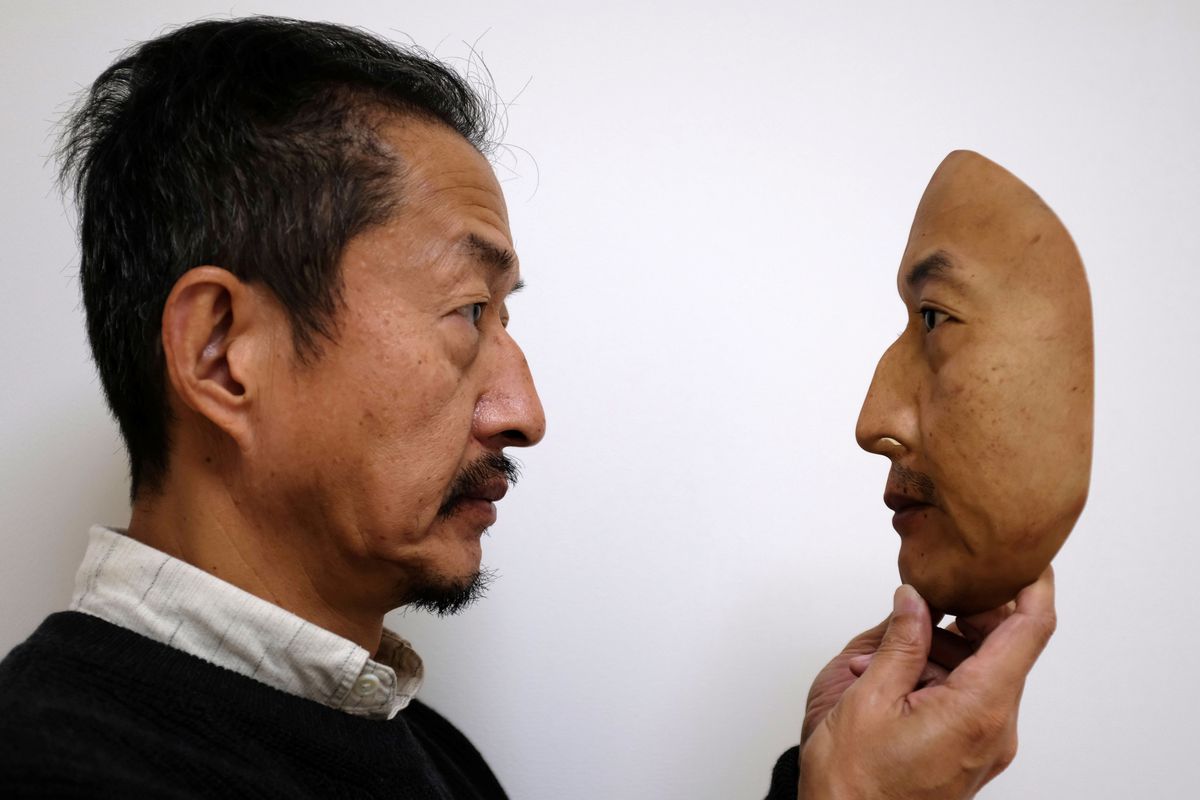The masks, which cost around 300,000 yen ($2,650 USD) to make, are made of pitch and plastic by REAL-f Co. at the organization’s area in Otsu.
The organization’s organizer, Osamu Kitagawa, put in two years building up a technique to decipher facial information from astounding photos to 3D covers, and REAL-f Co. presently gets around 100 requests every year. Each veil recreates the most minor subtle elements of a man’s face, down to an eye’s veins and fine skin wrinkles.
Obviously these veils have any number of certifiable applications, yet I have such huge numbers of inquiries totally irrelevant to those, similar to which face will show up in my bad dreams today around evening time, and for what reason does the organization’s Q&A area have an inquiry that says, “Is it OK on the off chance that I lick it?”

Genuine f Co. says it might want to see the covers utilized later on for therapeutic purposes and creating humanoid robots at a lower cost. There’s additionally the conspicuous utilize instance of utilizing them to test and endeavor to ruin safety efforts.
A Japanese vehicle organization, for instance, requested a veil of a resting face with the end goal to prepare its tech to recognize when a driver falls asleep. Apple additionally utilized similarly dreadful face veils to test false endeavors at signing into the iPhone X with Face ID. (Turns out it wasn’t sufficient, as Vietnamese cybersecurity firm Bkav asserted it could sidestep Face ID with a cobbled-together veil.)
Source: The Verge and The Reuters









